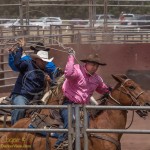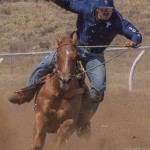The Hawaiian islands are quite interesting in many respects. Here no single ethnicity has an outright majority. The history behind this makes for fascinating reading. The sugar industry created a need for agricultural labor that was the driving force resulting in the mass importation of several cultures, primarily Chinese, Japanese and Filipino, and to a lesser extent several others. In addition to the original Hawaiian inhabitants and later Americans immigrants the islands became quite culturally mixed.

While there are many benefits of several coexisting cultures, there are issues as well. Hawaiʻi is in many ways ahead of much of the world. These cultures have, for the most part, learned to coexist in ways that much of the world is still struggling with. This is not to say that everything is perfect. Controversy has a way of revealing issues that otherwise often avoid exposure, and we have seen a bit of controversy as of late. There are existing issues that have long been present, but are avoided as they are neither simple nor easily resolved. It is no surprise that the issues have stemmed from the clash of cultures that have landed on these islands across the centuries.
It is the first arrivals here, the Hawaiians, that often see themselves as having lost the most with the arrival of so many immigrants from various other nations. The issues surrounding Mauna Kea have given Hawaiian activists a new rallying point and increased visibility that they have taken full advantage of to express their cause.


